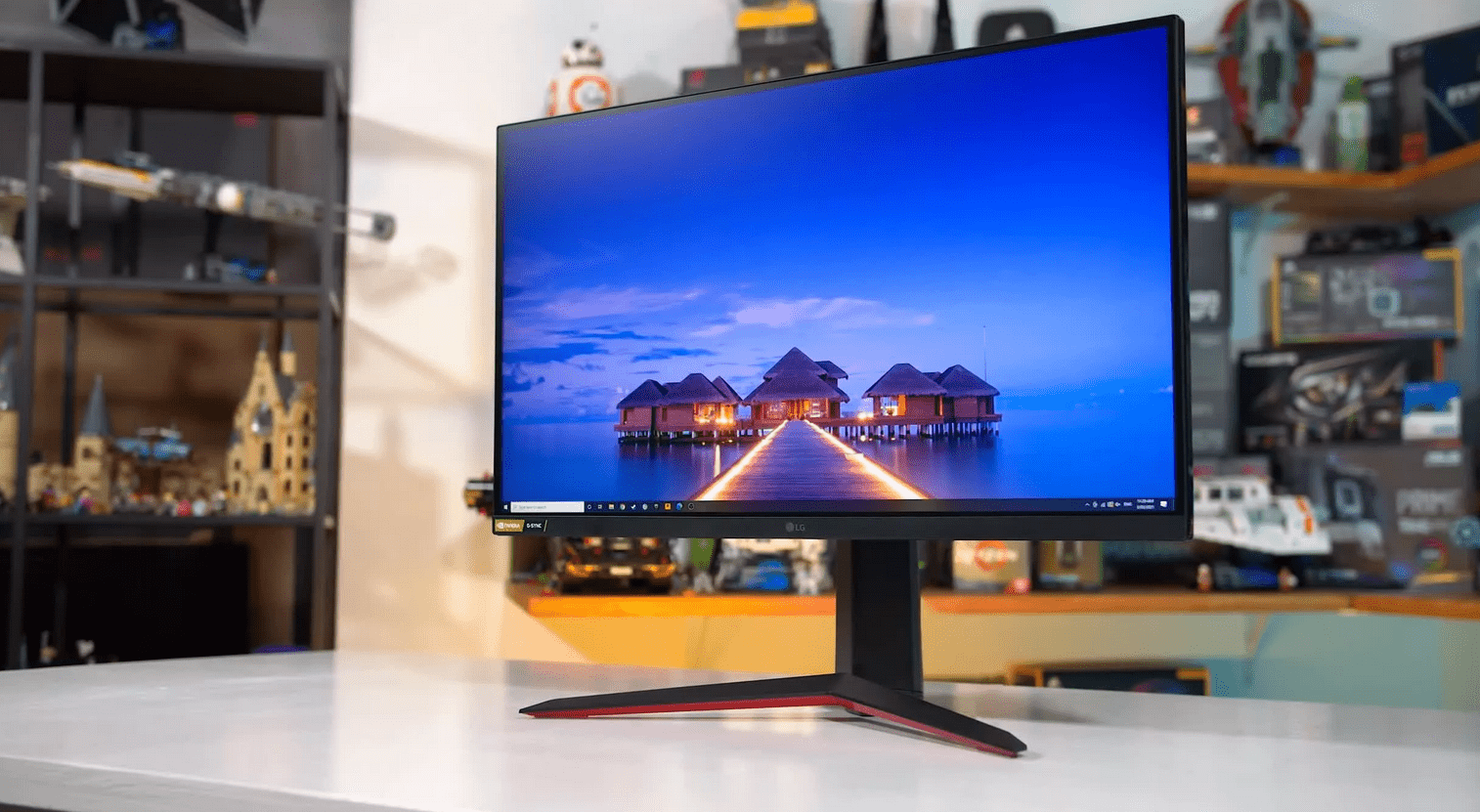In today’s digital age, computer monitors are no longer just a luxury item but a necessity for most individuals. A monitor is a device that displays visual output from a computer or other imaging device, and it comes in various shapes and sizes. When it comes to buying a monitor, one of the significant aspects to consider is the size of the screen. The screen size can either enhance or detract from the overall visual experience, depending on the intended usage.
Two popular screen sizes in the market are the 27″ and 32″ monitors with a resolution of 1440p and PPI (pixel per inch) levels. This article will explore the differences between 27″ and 32″ 1440p PPI monitors, providing more details and facts for better clarity.

27 vs. 32 Inch 1440p Monitor
The main differences between 27″ and 32″ 1440p PPI monitors are:
- Screen size: The 32″ Monitor is larger than the 27″ monitor.
- Pixel density: Both monitors have the exact resolution of 1440p, but the 27″ Monitor has a higher pixel density (PPI) than the 32″ monitor.
- Image clarity: The higher pixel density on the 27″ monitor can result in sharper and more detailed images than on the 32″ monitor.
- Viewing distance: Due to its higher pixel density, the ideal viewing distance for a 27″ Monitor is closer than that for a 32″ monitor.
- Price: In terms of exact resolution and quality, 27″ monitors are typically less expensive (from $160 up to $300) than 32″ monitors (from $199 up to $390).
- Desk space: A larger 32″ Monitor may require more space than a smaller 27″ monitor.
Screen size is the primary difference between the two monitors. The 32″ Monitor is larger than the 27″. It means that users will have more screen real estate with the 32″ monitor, allowing them to open more applications simultaneously. It is suitable for users who require multiple programs running simultaneously, such as graphic artists, video editors, or those who multitask frequently. On the other hand, the 27″ Monitor provides a more compact and ergonomic design suited to users with limited desk space.
The resolution and PPI of the Monitor determine the image clarity, and both 27″ and 32″ monitors have the exact 1440p resolution. However, the PPI on the 27″ Monitor is higher, producing a better image quality than the 32″ monitor. A higher PPI enables greater detail and sharpness in the image, making it ideal for users who require intricate work, such as photographers and graphic designers.
The viewing distance affects the user experience and comfort level. Due to its higher pixel-per-inch density, a 27″ Monitor is closer to the ideal viewing distance than a 32″ monitor. However, for users who require more immersive visuals, a 32″ monitor is more suitable.
Price is a crucial consideration for many potential monitor buyers. This means users looking for a larger screen must carefully consider their budgets. It also makes the 27″ monitor more accessible for most individuals.
Based on our research, 27″ monitors are typically less expensive (from $160 up to $300) than 32″ monitors (from $199 up to $390) in terms of exact resolution and quality.
Desk space is another critical consideration when choosing between the two monitors. While the 32″ Monitor provides a larger screen, it may require more desk space than the 27″ monitor. Therefore, users must ensure enough desk space to accommodate the Monitor and its accessories.
In conclusion, the monitor size, resolution, PPI levels, ideal viewing distance, price, and desk space requirements are the primary differences between the 27″ and 32″ 1440p PPI monitors. Both are excellent monitors but cater to different needs and user preferences. For example, the 27″ Monitor is ideal for users who require a smaller, more compact design with higher PPI levels. This Monitor is perfect for users who need a larger screen with a more immersive visual experience at the expense of higher pixel density. Ultimately, buyers should consider their intended usage and select a monitor that provides the best value for their money.
- 6 Proven Ways SaaS Founders Actually Get Customers (With Real Examples) - December 17, 2025
- Facebook Ads to Get Followers! - December 27, 2024
- ClickUp vs. Slack - December 20, 2024





